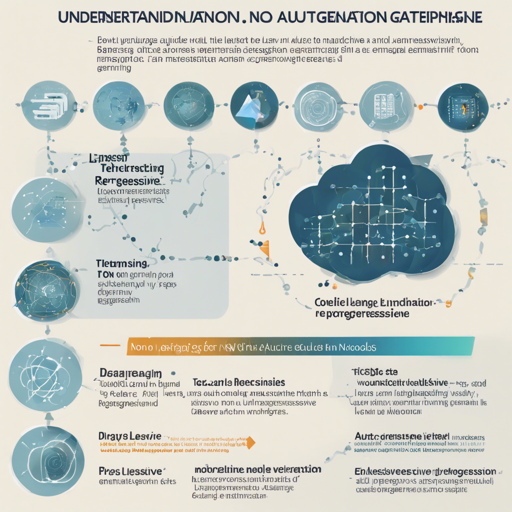Non-autoregressive generation has become a significant area in the field of machine translation and related tasks. It allows models to generate outputs without sequential dependency, enhancing efficiency and performance in textual translations and other generation tasks. This article will dive into how these models work, their benefits, and some troubleshooting strategies to help you navigate challenges in your projects.
What is Non-Autoregressive Generation?
Non-autoregressive models produce all tokens in a sequence simultaneously rather than sequentially, which is how traditional autoregressive models function. To illustrate, think of a chef preparing a meal. In an autoregressive setting, the chef adds one ingredient at a time, waiting for each one to be incorporated before adding the next. In contrast, a non-autoregressive chef prepares all ingredients simultaneously, which can lead to faster meal preparation while still maintaining quality.
Recent Developments in Non-Autoregressive Generation
In recent years, a plethora of research has illuminated the effectiveness and variety of non-autoregressive models. Below are some significant studies and contributions in 2022 alone:
- One Reference Is Not Enough: Diverse Distillation with Reference Selection for Non-Autoregressive Translation
- Directed Acyclic Transformer for Non-Autoregressive Machine Translation
- A Survey on Non-Autoregressive Generation for Neural Machine Translation and Beyond
- latent-GLAT: Glancing at Latent Variables for Parallel Text Generation
- An Imitation Learning Curriculum for Text Editing with Non-Autoregressive Models
How to Implement a Non-Autoregressive Model
To implement a non-autoregressive model, you can follow these basic steps:
- Set up your development environment, ensuring necessary libraries such as TensorFlow or PyTorch are installed.
- Prepare a dataset suitable for non-autoregressive training, focusing on parallel corpora.
- Choose a model architecture that supports non-autoregressive generation, such as the Transformer model.
- Train the model using well-structured training strategies.
- Evaluate the model using performance metrics on a validation set.
Troubleshooting Common Issues
While implementing non-autoregressive models, you may encounter several challenges. Here are some ideas to troubleshoot these issues:
- Model Convergence: If your model is not converging, check the learning rate and consider using a warm-up strategy.
- Output Quality: If the generated outputs are not coherent, revisit your training dataset for quality assurance and consider augmenting your data.
- Hardware Limitations: Large models may require robust hardware. Scale your infrastructure or optimize your model size as needed.
For more insights, updates, or to collaborate on AI development projects, stay connected with fxis.ai.
Final Thoughts
As we venture deeper into the journey of non-autoregressive generation, the technological advancements in this area hold immense potential in transforming how machines understand and generate human language. At fxis.ai, we believe that such advancements are crucial for the future of AI, as they enable more comprehensive and effective solutions. Our team is continually exploring new methodologies to push the envelope in artificial intelligence, ensuring that our clients benefit from the latest technological innovations.

